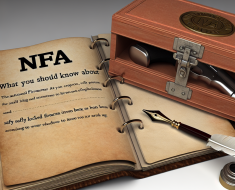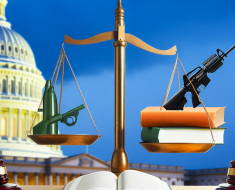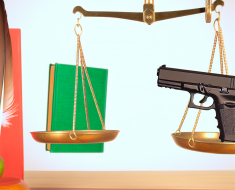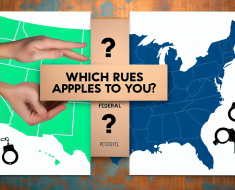Legal Insights on Carrying Firearms in National Parks
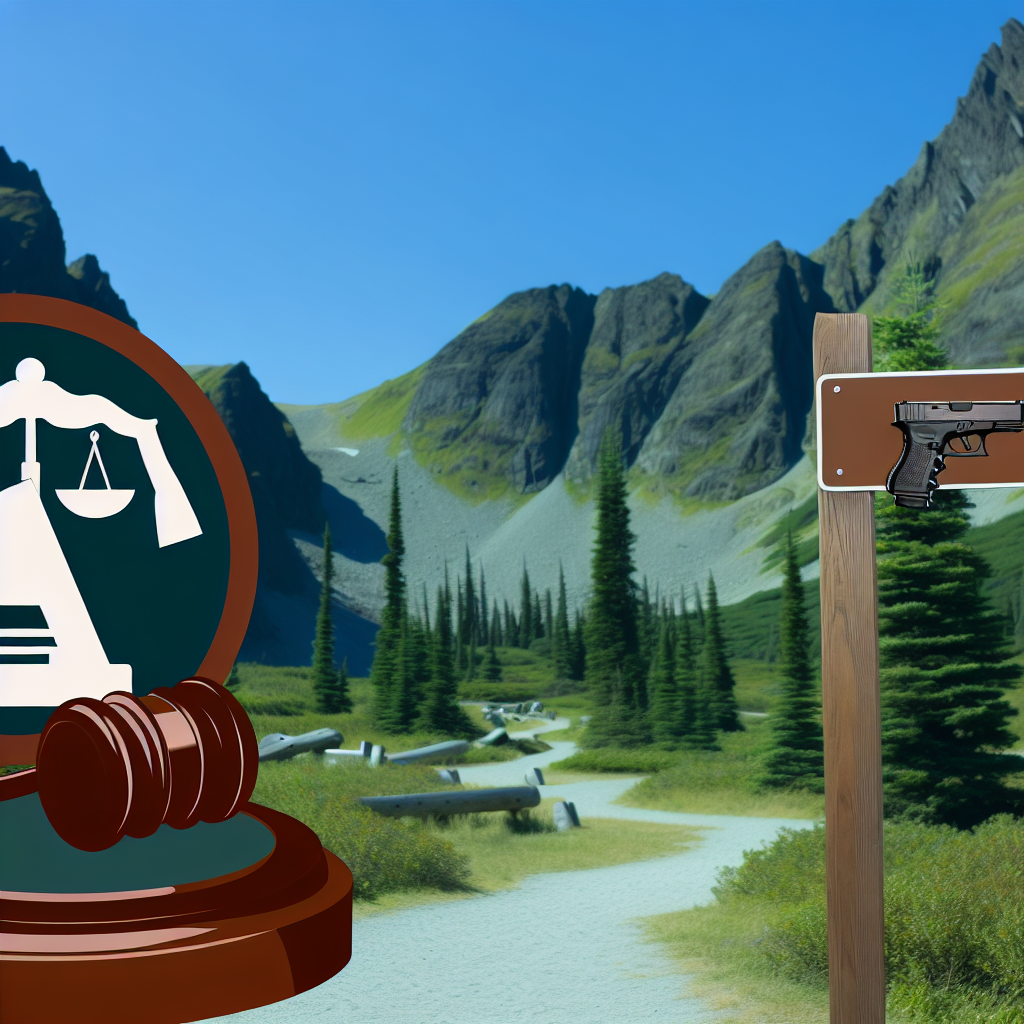
National parks are treasured landscapes, offering visitors a chance to connect with nature, enjoy recreational activities, and experience the great outdoors. However, for many Americans who legally carry firearms for personal protection or recreation, understanding the legal framework surrounding firearms in these federally managed lands is essential. This article delves into the complex legal landscape of carrying firearms in national parks, providing clarity on federal and state laws, recent developments, and practical considerations for responsible firearm owners.
The Legal Framework Governing Firearms in National Parks
National parks are managed by the National Park Service (NPS), a federal agency under the Department of the Interior. Because these lands are federally controlled, the laws regulating firearms within them differ from those applicable in state or local jurisdictions. Historically, the possession of firearms in national parks was strictly regulated by NPS policies that largely prohibited carrying guns.
However, the legal landscape shifted significantly with the passage of the Firearm Concealed Carry Reciprocity Act and subsequent changes to federal regulations. The key piece of legislation affecting firearms in national parks is 36 CFR § 2.4 (Code of Federal Regulations), which addresses weapons possession on federal lands managed by the NPS.
- Federal Regulation 36 CFR § 2.4: This regulation prohibits possessing a firearm or other dangerous weapon except if it is carried in compliance with state law where the park is located.
- State Law Governs: The law now defers to state regulations regarding firearm possession and concealed carry permits within national parks.
This means that if a visitor has a valid concealed carry permit recognized by the state where the national park is located, they may legally carry a firearm within that park. Conversely, visitors without such permits must adhere to state laws that might prohibit or restrict carrying firearms openly or concealed.
Understanding State Reciprocity and Its Impact
One of the most critical factors for visitors carrying firearms in national parks is understanding state reciprocity agreements—how one state’s concealed carry permit is recognized by another. Since many national parks span multiple states or are near state borders, this creates complexity for visitors traveling with firearms.
For example, Yellowstone National Park stretches across Wyoming, Montana, and Idaho—each with its own set of firearm laws and reciprocity agreements. Visitors must be aware that:
- A concealed carry permit valid in one state might not be recognized in another part of the park.
- If you cross from one state’s portion of a park into another’s without complying with that state’s firearm laws, you may be subject to legal penalties.
This makes researching specific state laws before visiting essential. Tools like online reciprocity maps provided by organizations such as the NRA or government websites can help clarify where permits are valid.
Case Study: Yellowstone National Park
Yellowstone provides an illustrative example of how complex this issue can be. Wyoming recognizes concealed carry permits from all other states (full reciprocity), Montana recognizes permits from most states but not all, and Idaho has more restrictive recognition policies. A visitor carrying a firearm legally under Wyoming’s lenient standards may inadvertently violate Idaho’s more restrictive rules if they move between sections of Yellowstone without adjusting their compliance accordingly.
Firearm Restrictions Beyond State Law: Sensitive Areas Within Parks
While federal regulations defer to state law broadly speaking, there remain specific restrictions on carrying firearms in particular areas within national parks due to safety concerns or other reasons. For instance:
- Museum Buildings and Visitor Centers: Many visitor centers inside national parks prohibit firearms regardless of state laws due to security measures similar to those at federal buildings.
- Certain Special Use Areas: Some parts of national parks designated as wildlife refuges or archaeological sites may have additional restrictions on weapons possession to protect sensitive resources.
- Events Held Within Parks: Events such as ranger-led programs or large gatherings might have temporary restrictions on weapons for public safety.
The NPS may post signage indicating such restrictions; therefore, visitors should always look for posted notices and comply accordingly to avoid violations.
The Role of Firearms for Safety in National Parks: Balancing Rights and Risks
A common question among outdoor enthusiasts is whether carrying a firearm enhances safety while hiking or camping in remote areas. The debate often centers around protection from wildlife encounters versus risks posed by firearms themselves.
- Bears and Wildlife Encounters: In some regions like Alaska’s Denali National Park or parts of Yellowstone where bear populations are significant, firearms can theoretically serve as a defense against predatory attacks. However, experts emphasize non-lethal deterrents such as bear spray as more effective first-line tools for wildlife encounters.
- Accidental Discharges and Public Safety Concerns: Carrying firearms increases potential risks including accidental discharges or escalating conflicts among visitors unfamiliar with gun handling.
- NPS Guidance: The NPS generally encourages responsible behavior emphasizing prevention—storing food properly to avoid attracting wildlife rather than relying solely on weapons for protection.
The decision to carry a firearm should be carefully considered alongside an understanding of local conditions and regulations.
Statistical Insight: Wildlife Incidents vs Firearm Accidents
A report from the National Park Service indicates that



